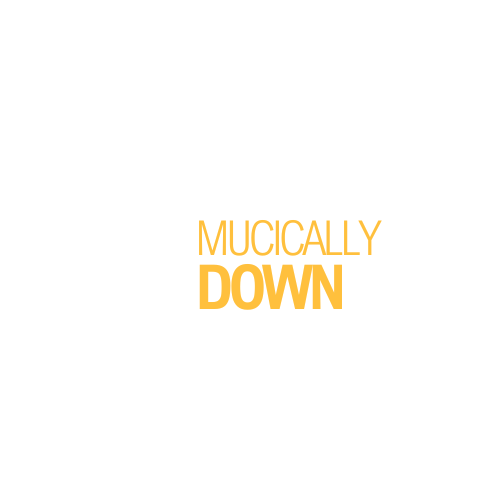Pop music album covers aren’t just a protective casing for your favorite tracks – they’re a canvas for artists to express their music visually. They’ve evolved into an integral part of the music industry, often becoming as iconic as the tunes they encapsulate. From vibrant graphics to compelling photographs, album covers tell a story that complements the music within.
In the world of pop music, album covers have always played a pivotal role in defining an artist’s brand. They’re the first thing you see, creating an immediate impression and setting the tone for what’s to come. Let’s dive into the fascinating world of pop music album covers, exploring their history, impact, and the creative minds behind these captivating visuals.
Pop Music Album Covers
 Pop music album covers reveal a fascinating journey, morphing significantly over time. This evolution mirrors changes in technology, design aesthetics, and cultural trends.
Pop music album covers reveal a fascinating journey, morphing significantly over time. This evolution mirrors changes in technology, design aesthetics, and cultural trends.
With the advent of vinyl records in the early 20th century, album covers found their inception. These covers, initially minimalistic, began gaining artistic heft by the 1960s. Visuals gave audiences their first taste of an album’s vibe, an artists’ persona, supporting the entire musical experience.
In the late 80s, the music industry experienced seismic shifts with the onset of compact discs (CDs). The dimensions of album covers shrank, which, in turn, influenced the design ethos. Covers became denser, with intricate details to compensate for the reduced size.
By the 21st century, the arrival of digital platforms upended the utilitarian role of album covers. They transformed into clickable images on a screen. This shift propelled the requirement for eye-catching designs that stand out on smaller, crowded digital platforms..
The Artistic Significance of Album Covers in Pop Culture
 Pop music album covers aren’t just placeholders for music; they’re artistic symbols in pop culture. A well-designed album cover reflects the personality of an artist and the essence of the music it encloses.
Pop music album covers aren’t just placeholders for music; they’re artistic symbols in pop culture. A well-designed album cover reflects the personality of an artist and the essence of the music it encloses.
Album covers translate audio into visual, giving listeners a taste of the music without hitting play. Viewing the album cover, one can perceive the genre, the mood, and at times, the narrative of the music enclosed. A prominent instance is Pink Floyd’s “Dark Side of The Moon.” The prism refracting light into a spectrum, an idea developed by George Hardie, remarkably compliments the band’s experimental music, focusing on themes of greed, mental illness, and time — phenomena Hardie symbolized by the prism and the colored light.
Album Covers as Marketing Tools
More than just artwork, album covers serve a practical function — they grab the consumer’s attention. In a crowded market, distinctive album covers give artists an edge, drawing potential listeners. Adele’s “25” with its black-and-white close-up shot of the singer or Billie Eilish’s “When We All Fall Asleep, Where Do We Go?” featuring the artist with spooky white eyes, both serve as marketing assets, evoking curiosity and intrigue at first glance. Thus, album covers have transformed from mere decorative elements to strategic marketing tools in the music industry.
Analyzing Iconic Pop Music Album Covers
 Delving deeper into the world of iconic pop music album covers reveals captivating stories behind their creation and distinct design elements that make them stand out.
Delving deeper into the world of iconic pop music album covers reveals captivating stories behind their creation and distinct design elements that make them stand out.
Album covers often bear riveting anecdotes related to their conception and design, stories that resonate with the music they house. For instance, The Beatles’ “Sgt. Pepper’s Lonely Hearts Club Band” cover involved a meticulous arrangement of life-sized cutouts of historical figures, chosen by the band members themselves. On the other hand, Michael Jackson’s infamous “Thriller” cover presents a more sober design, with Jackson clad in a white suit, the simplicity of the cover art striking a contrast against the groundbreaking music within.
Certain design features in pop music album covers command viewers’ attention and amplify the album’s appeal. Pink Floyd’s “Dark Side of The Moon” album cover, for instance, showcases a simple prism refracting white light into a rainbow, symbolizing the band’s psychedelic music. Similarly, Adele’s “25” cover, featuring a close-up black-and-white photograph of the singer, uses minimal elements to evoke profound depth and emotion, mirroring her soulful music. Lastly, Billie Eilish’s “When We All Fall Asleep, Where Do We Go?” offers an eerie, haunting design that reflects the album’s innovative and dark pop style.

